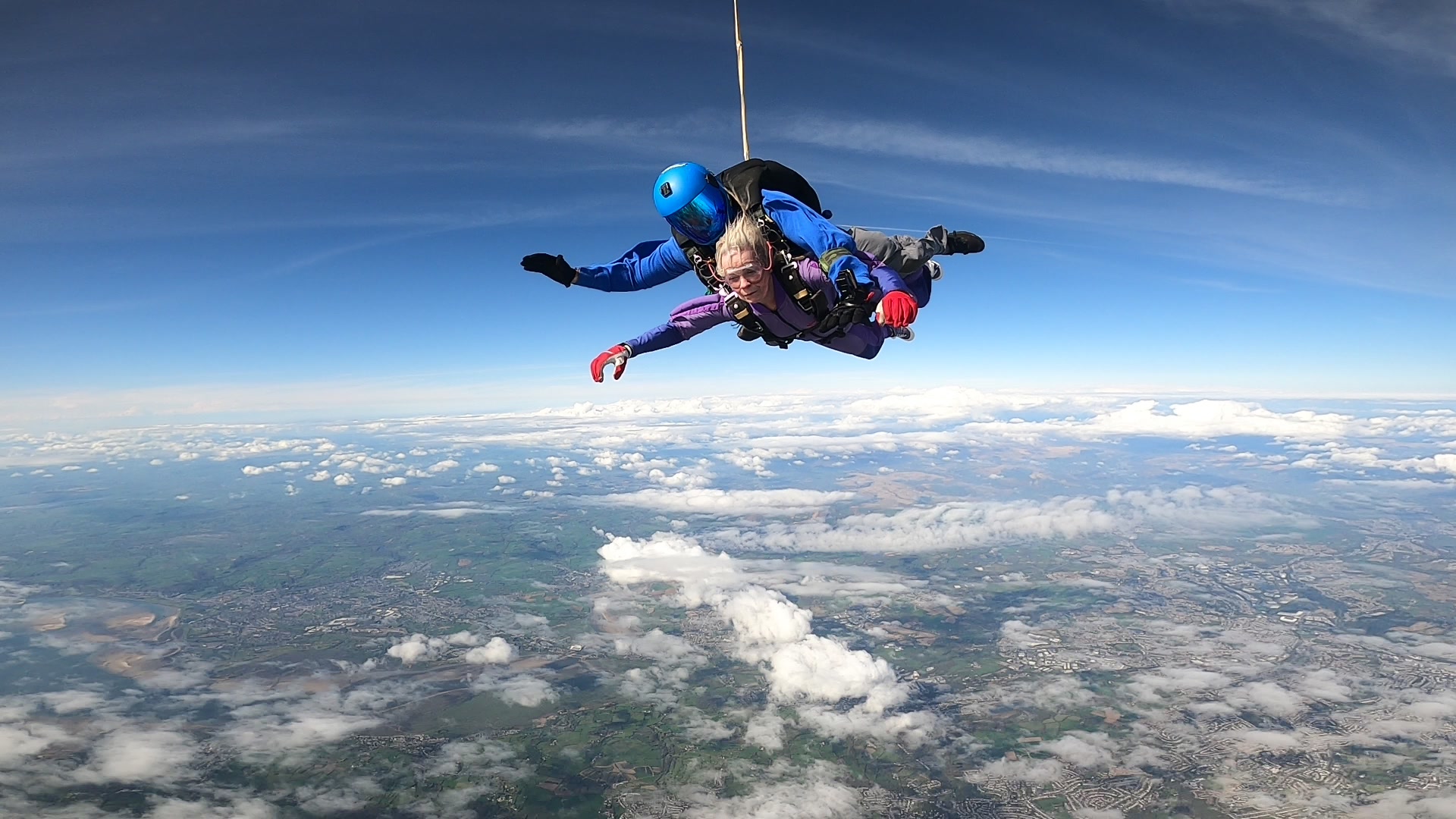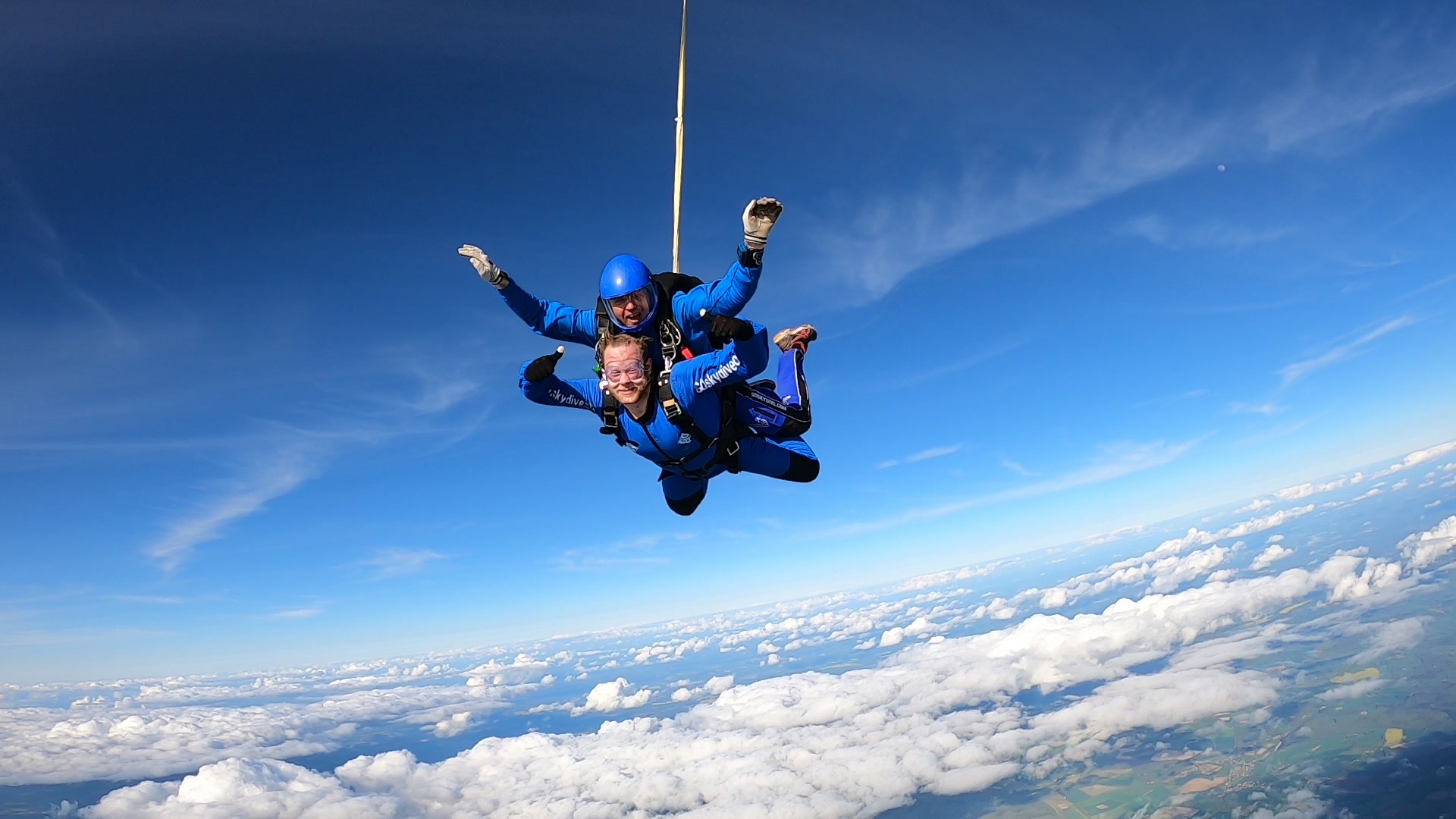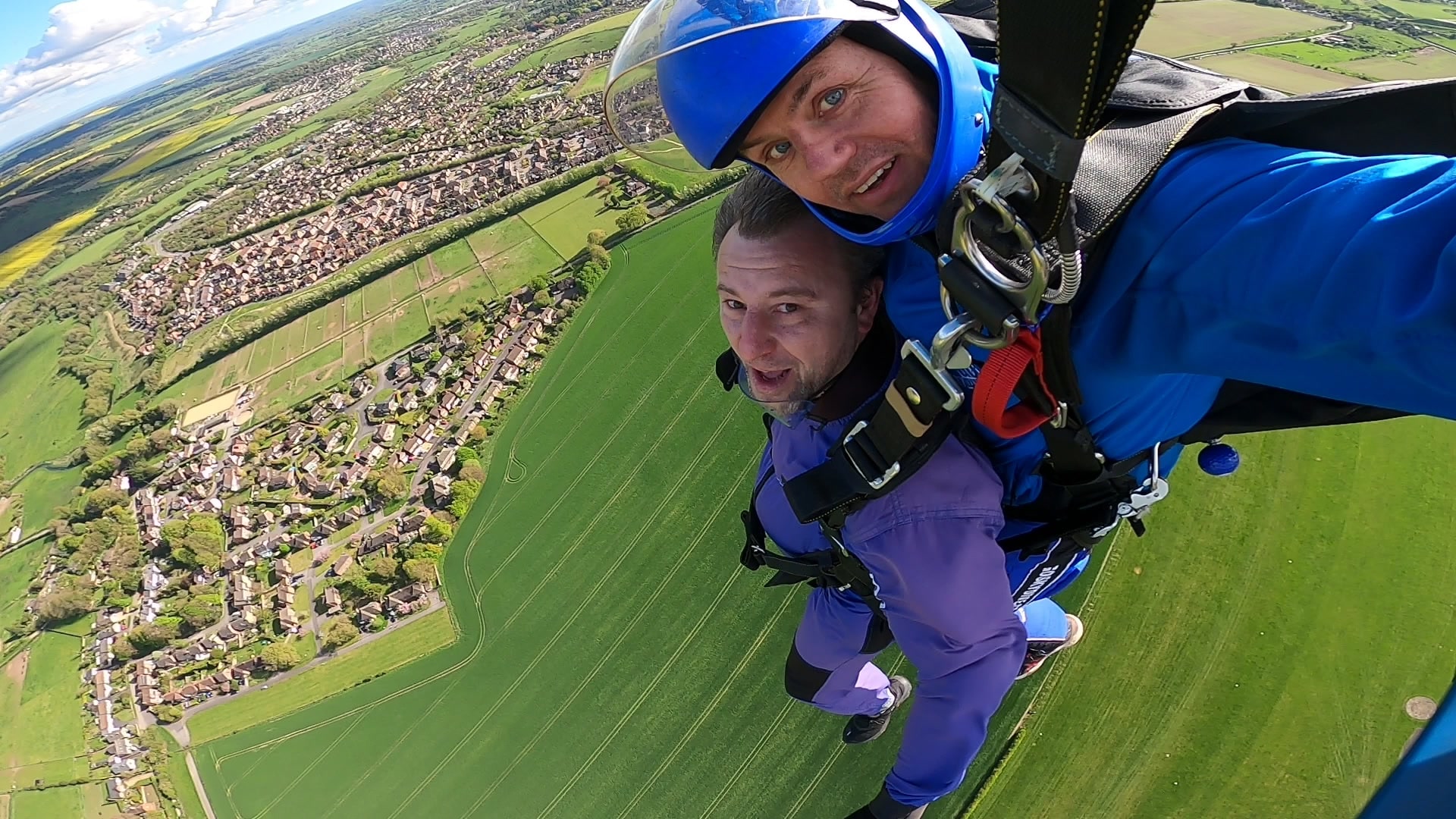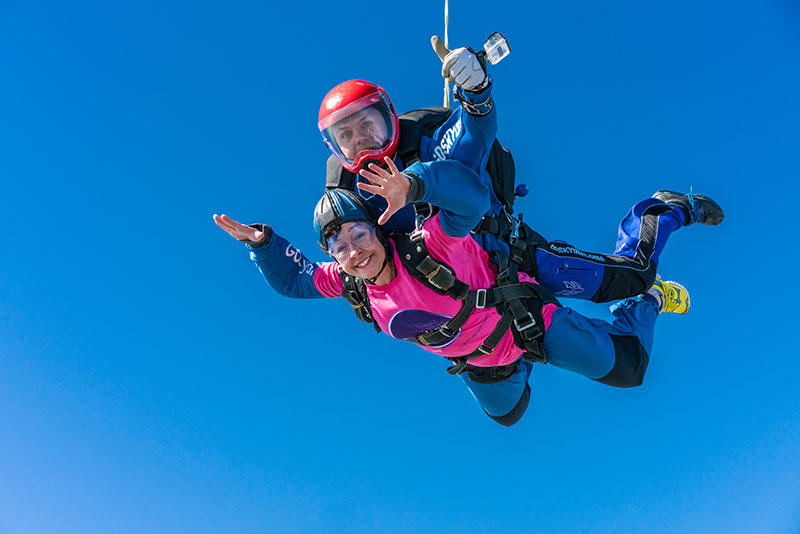What is terminal velocity
Terminal velocity is the maximum speed that a skydiver can reach when free falling. This speed is determined by a balance between the air resistance and the force of gravity acting on the skydiver as they fall. As the skydiver falls, the air resistance increases and eventually balances the gravitational force, this balance results in a constant speed or terminal velocity.
For a skydiver falling in a stable position and orientation, the terminal velocity is normally around 120-140 mph. Understanding terminal velocity is important for skydivers, as it determines the maximum speed they will reach and helps them plan their jumps and landings safely.

Skydiving Speed
The speed of skydiving varies greatly depending on several factors, these include the skydiver’s body position, the jump altitude, and the drag of their equipment.
At lower altitudes, skydivers tend to fall faster due to the reduced air resistance. As they approach terminal velocity, the air resistance increases and eventually balances the gravitational force, leading to a constant speed. Skydivers use their body position to control their speed, when in the standard spread eagle position they will fall slower than in a head down position, this is because of the increased air resistance produced by the body shape.
The speed of the skydivers descent will also depend on the skydiver’s equipment, such as their jumpsuit and parachute. Different jumpsuits and parachutes have different drag coefficients, all of which affect the terminal velocity.

Calculating terminal velocity
Terminal velocity can be calculated using a complex formula that takes into account the mass of the skydiver and the area, or the proportion of their body that is acted upon by air resistance as they fall.
The formula is Vt = (2 * m * g) / (p * A * Cd)
This formula comprises of :
- Vt = Terminal velocity
- m = Mass of the skydiver
- g = Acceleration due to gravity (9.8 m/s^2 at sea level)
- p = Density of air
- A = Area of the object, normally determined by the skydiver’s body position
- Cd = Drag coefficient (this depends on the shape of the object and the roughness of its surface)
The larger the skydiver’s mass, the cross-sectional area, and the drag coefficient, the slower the terminal velocity will be. Conversely, if the skydiver’s mass is smaller, their cross-sectional area is smaller, or their drag coefficient is lower, their terminal velocity will be higher.



